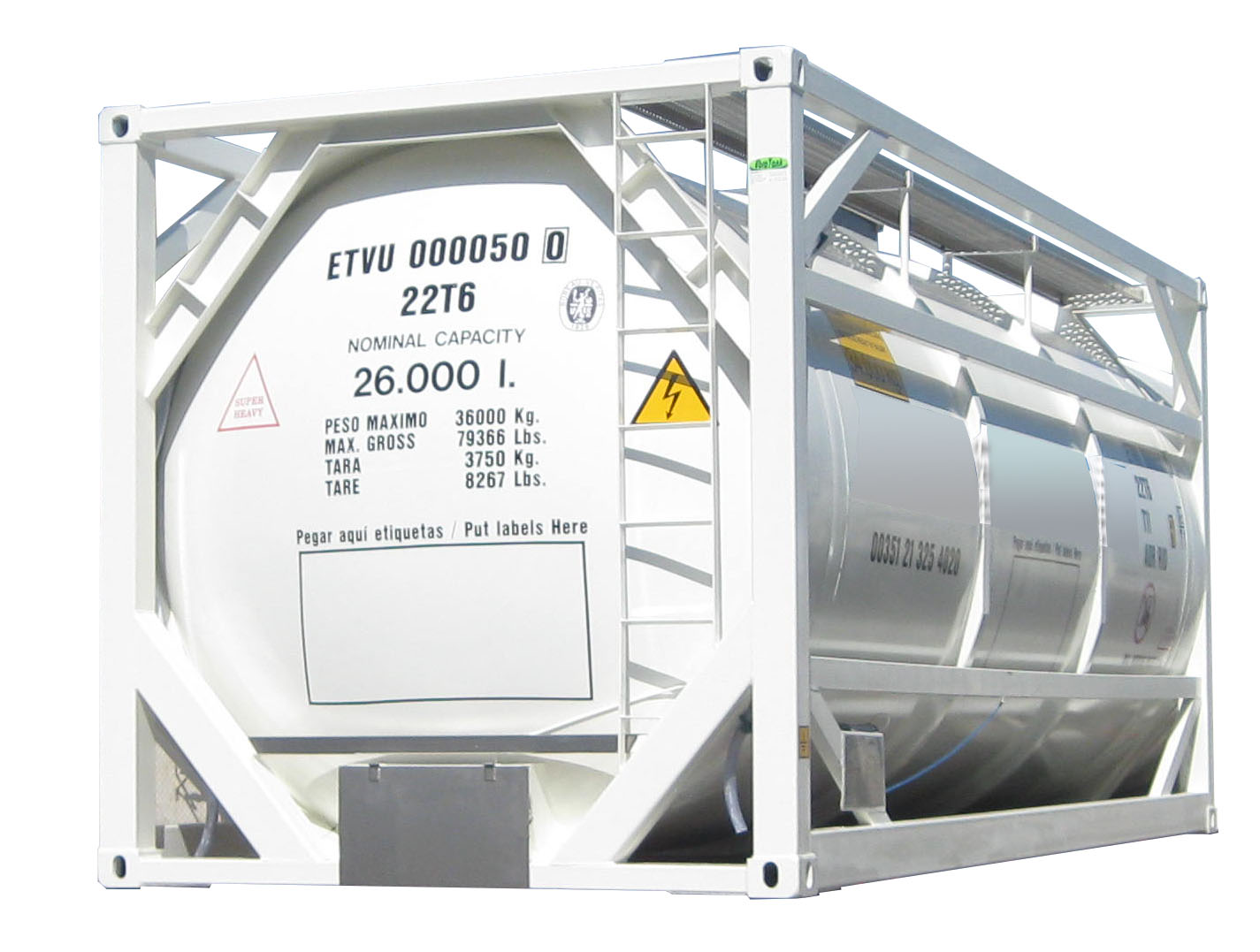Types of Container
Exploring Different Types of Shipping Containers

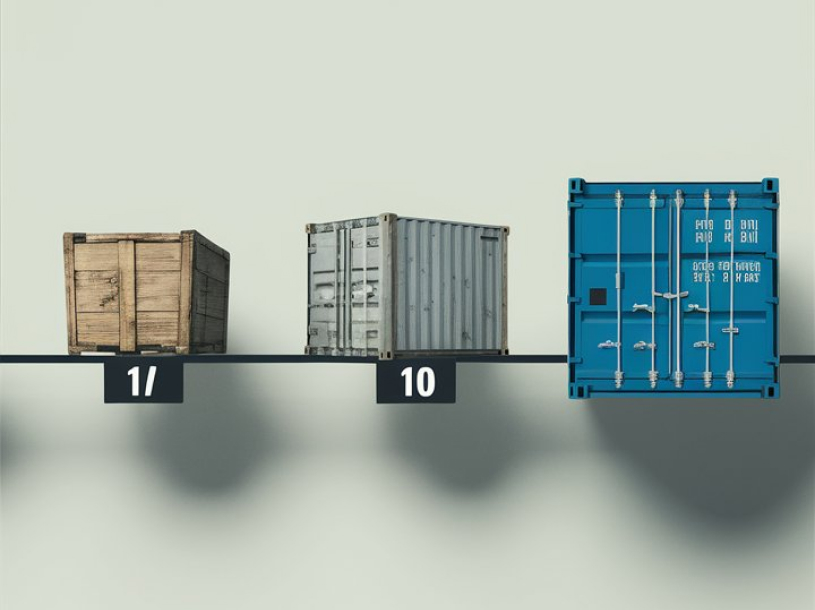
Description of Containers
Over 60 years ago, the concept of loading merchandise onto trucks, then moving it onto trains or ships, and then back onto trucks was revolutionized by Malcolm McLean, a truck hauler from Maxton, North Carolina. McLean's innovative idea was to place merchandise into containers, allowing entire containers to be lifted and loaded from the chassis. This led to the standardization of shipping container dimensions, enabling easy handling by trucks, trains, ships, and ports worldwide. This breakthrough had a substantial global impact on world trade, allowing manufacturers to load goods at their factories and ship directly to stores and warehouses without intermediate unloading and transfer. As a result, manufacturing processes could be located far from customers while still providing a wide variety of low-cost goods globally.
20 ft Container
40 ft Container
40 ft High Cube Container
Evolution of Shipping Containers
The development of standardized shipping containers transformed global trade, making logistics more efficient and cost-effective.
-
Introduced containerization
-
Standardized dimensions
-
Simplified global logistics
-
Enabled direct shipping
-
Reduced costs, increased variety
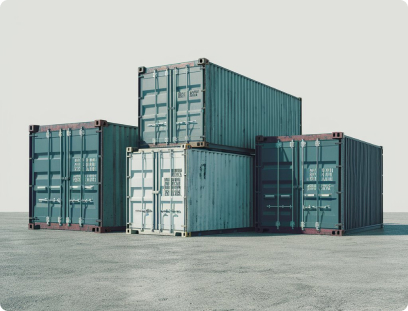
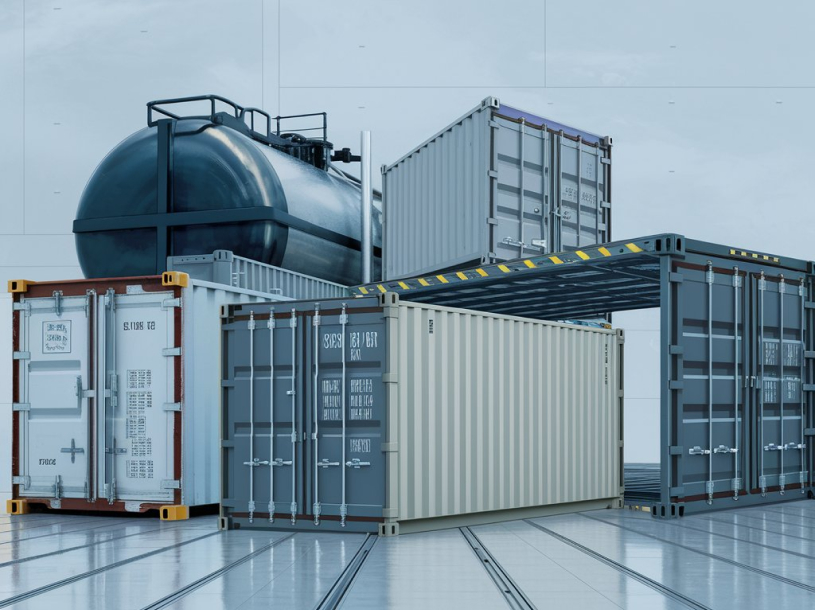
Overview of Container Types
ISO standard containers have been tailored to meet the needs of exporters and importers in global trade. There are different types of ocean shipping containers available, each offering various sizes to accommodate a wide range of cargo, from bulk grains to perishable goods. Whether you need to ship raw materials or specialized commodities, our guide covers the dimensions of each container type to help you determine the best fit for your cargo.
20 ft dry shipping container
40 ft dry shipping container
40 ft high cube dry shipping container
Types of Ocean Shipping Containers
Explore the variety of ISO standard containers designed for efficient international shipping.
-
20 ft dry shipping container
-
40 ft dry shipping container
-
40 ft high cube dry shipping container
-
45 ft high cube dry shipping container
-
20 ft flat rack shipping container
-
40 ft flat rack shipping container
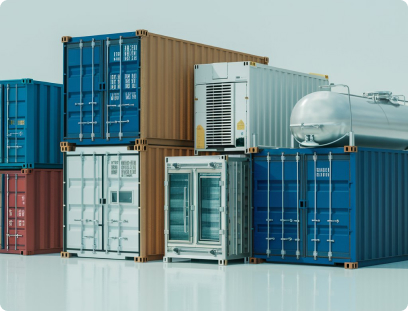
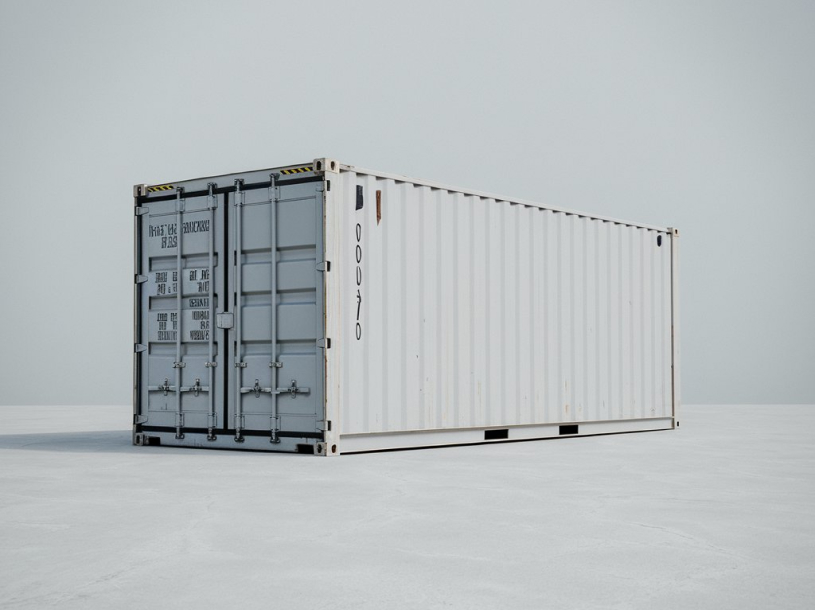
Understanding Standard Container
The 20 ft and 40 ft standard shipping containers are the most widely used containers for transporting ocean freight. These airtight, hermetically sealed containers are designed for general purpose cargo and do not have cooling or ventilation systems. Known as dry shipping containers or dry vans, they offer significant capacity, with the 20 ft container holding up to 10 standard pallets and 33.20 CBM and 67.74 CBM for 40 ft container.
20 ft Standard Container
40 ft Standard Container
40 ft High Cube Container
Key Dimensions of Standard Shipping Containers
Overview of the most common container sizes and their specifications.
-
20 ft Standard Container
-
40 ft Standard Container
-
40 ft High Cube Container
-
45 ft High Cube Container
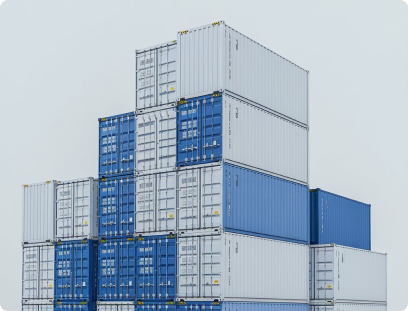
| Container Type | Length (cm) | Width (cm) | Height (cm) | Interior Length (cm) | Interior Width (cm) | Interior Height (cm) |
|---|---|---|---|---|---|---|
| 20 ft Standard Container | 609.6 | 243.84 | 259.08 | 589.74 | 234.8 | 238.44 |
| 40 ft Standard Container | 1219.2 | 243.84 | 259.08 | 1203.1 | 234.8 | 238.44 |
| 40 ft High Cube Container | 1219.2 | 243.84 | 289.56 | 1203.1 | 234.8 | 269.24 |
| 45 ft High Cube Container | 1371.6 | 243.84 | 289.56 | 1353.82 | 234.8 | 269.24 |
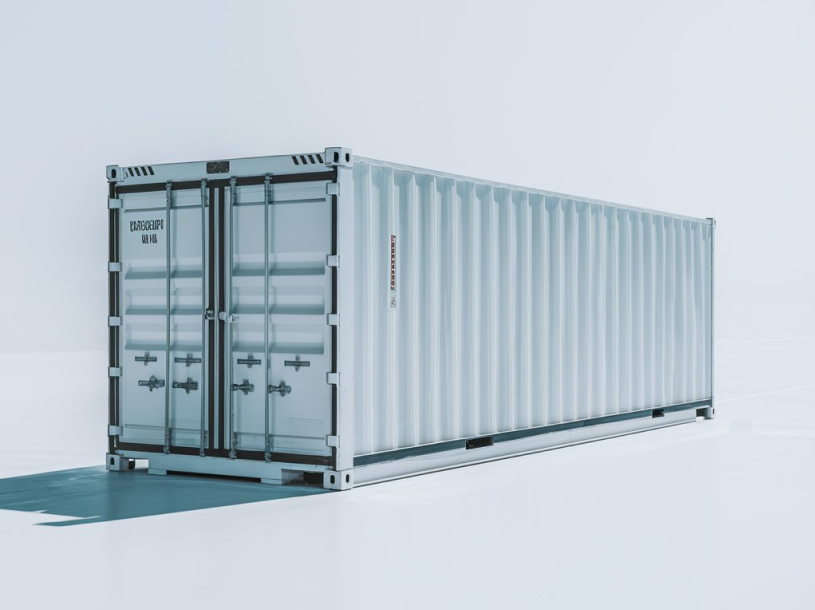
Refrigerated Container
Refrigerated shipping containers, or reefer containers, maintain internal temperatures between -25º and +25º. These containers don't regulate temperatures but maintain them using an external power source. Essential for transporting perishable items like fresh and frozen foods, as well as medicines, reefer containers must have consistent power throughout their journey.
20 ft Refrigerated Container
40 ft Refrigerated Container
Key Features of Refrigerated Containers
Overview of refrigerated container specifications and uses.
-
Maintains -25º to +25º
-
Requires external power
-
Transports perishable goods
-
Max Payload: 60,230 lbs (27,320 kg)
-
Common for food and medicines
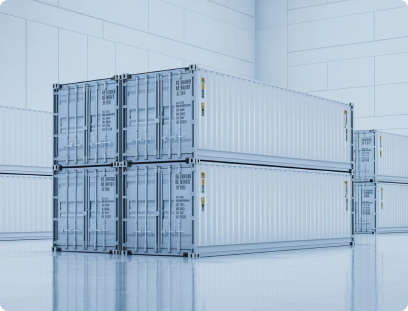
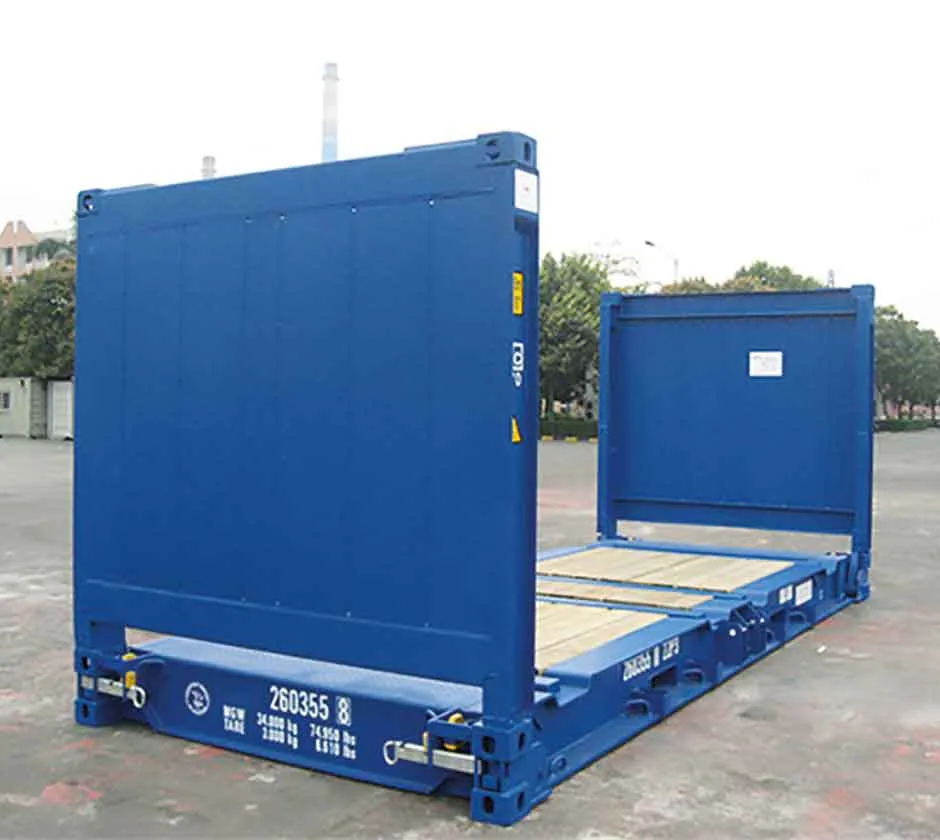
Flat Rack Container
Flat rack shipping containers are designed for transporting merchandise that is too large or heavy for standard containers. These metal containers, available in 20 or 40 feet, have collapsible sides and no roof, allowing for top or side loading. Ideal for heavy or oversized cargo such as construction equipment and industrial vehicles, flat rack containers require special handling to secure and protect the cargo from weather conditions.
20 ft Flat Rack Container
40 ft Flat Rack Container
Key Features of Flat Rack Containers
Overview of flat rack container specifications and uses.
-
Designed for oversized cargo
-
Collapsible sides and no roof
-
Requires special loading equipment
-
Protects cargo with proper lashing
-
Specify lifting points for safe handling
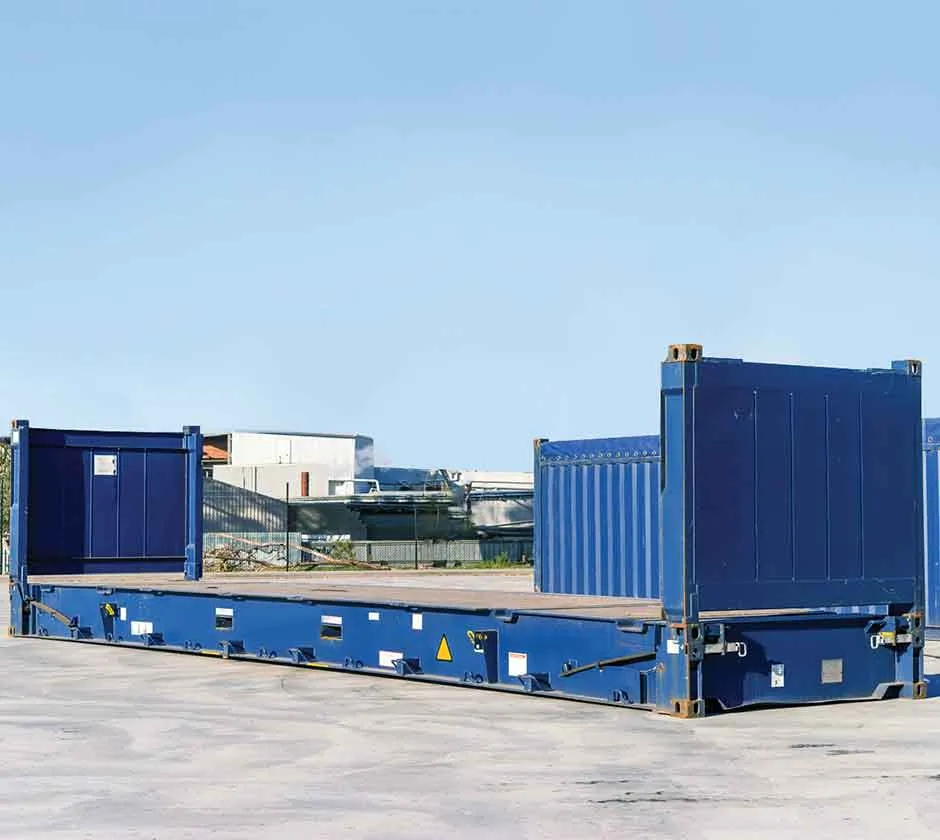
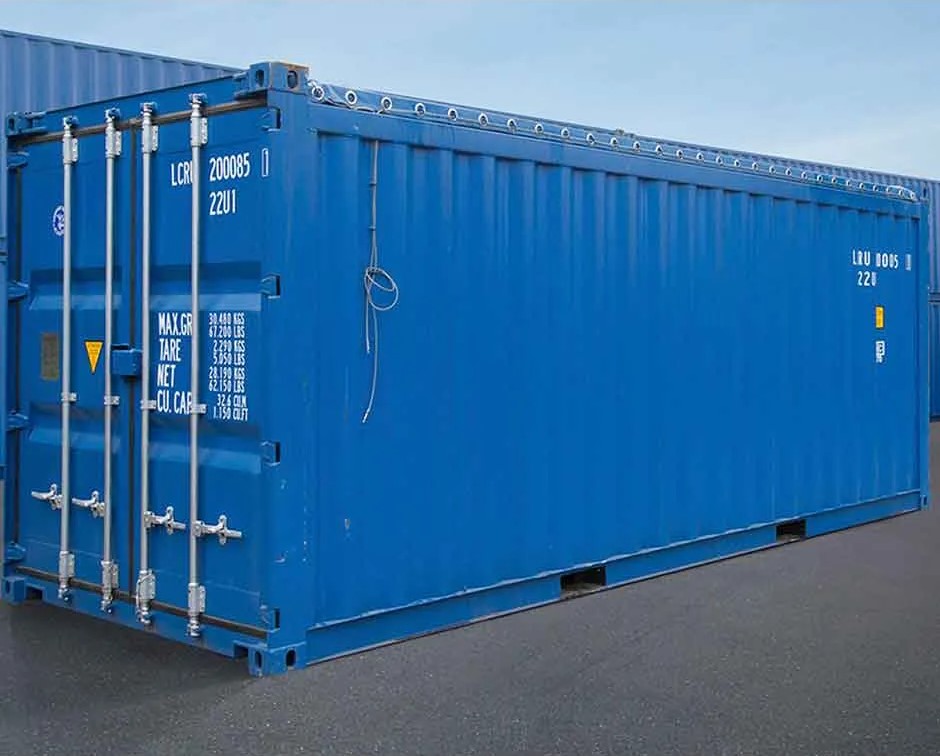
Open Top Container
Open top containers, whether 20 ft or 40 ft, are classified as standard containers despite their lack of a roof. They are suitable for transporting goods with irregular heights that cannot fit into standard containers or require top loading with cranes. These containers have protective but require a tarpaulin to cover the top for weather protection. When booking, ensure clear indication of lifting points and specific handling instructions to avoid damage during transport.
20 ft Open Top Container
40 ft Open Top Container
Key Features of Open Top Containers
Overview of open top container specifications and uses.
-
Key Features of Open Top Containers
-
Ideal for top loading with cranes
-
Protective panels with tarpaulin cover
-
Max load capacity: 30 metric tons
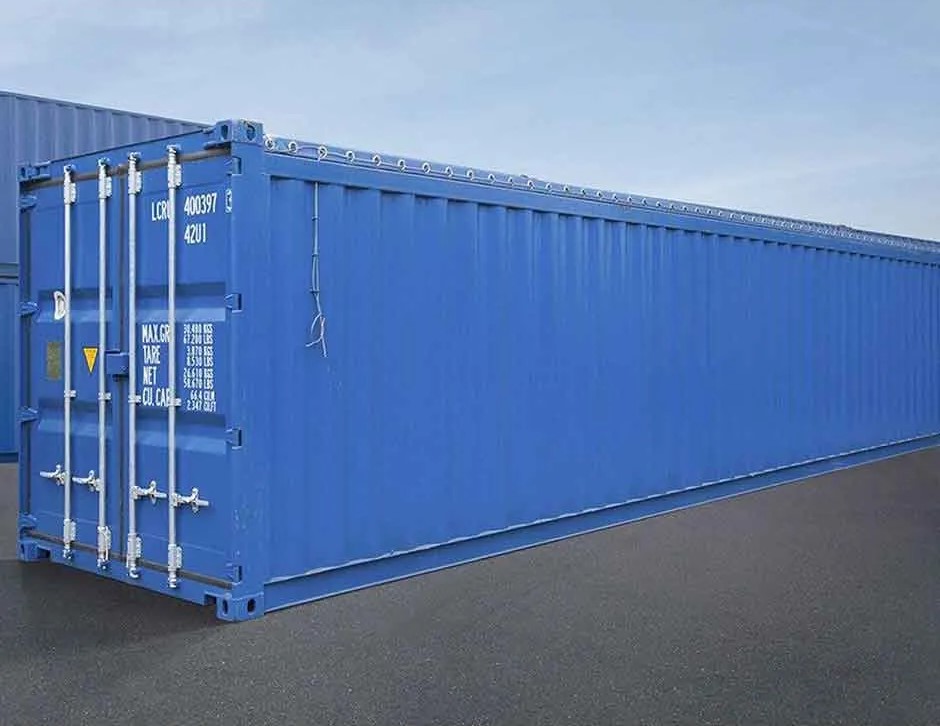
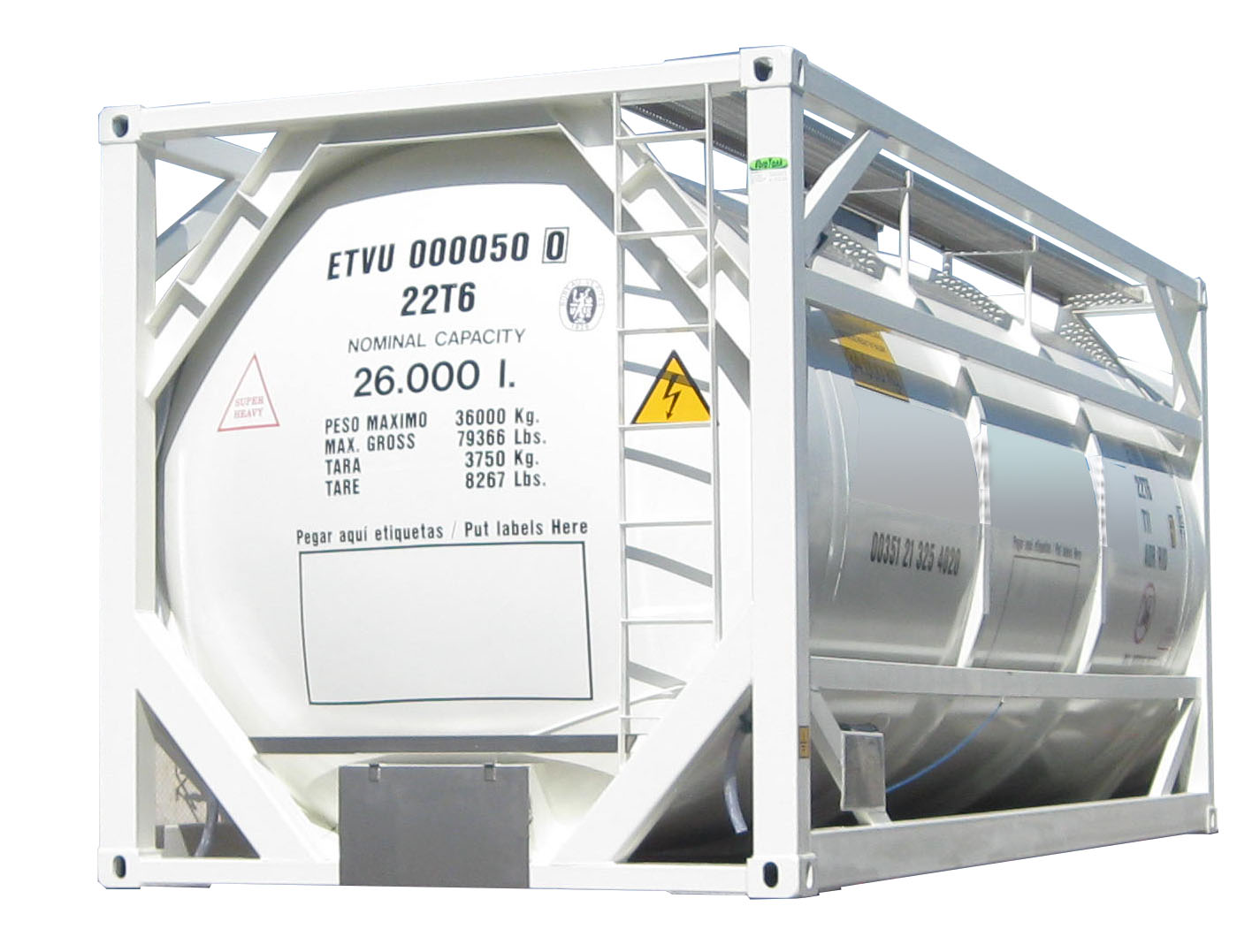
ISO Tank Container
ISO tank containers are specialized units designed for transporting liquids, ranging from oils to hazardous substances. They offer a versatile and efficient method for bulk cargo transportation.
20 ft ISO Tank Container
Key Features of ISO Tank Containers
Overview of iso tank container specifications and uses.
-
Versatile transport for liquids
-
Insulated lining for cargo protection
-
Available in 20 ft
-
Ideal for foodstuffs, oils, and chemicals
-
Effective intermodal transport
-
Eco-friendly and cost-effective
